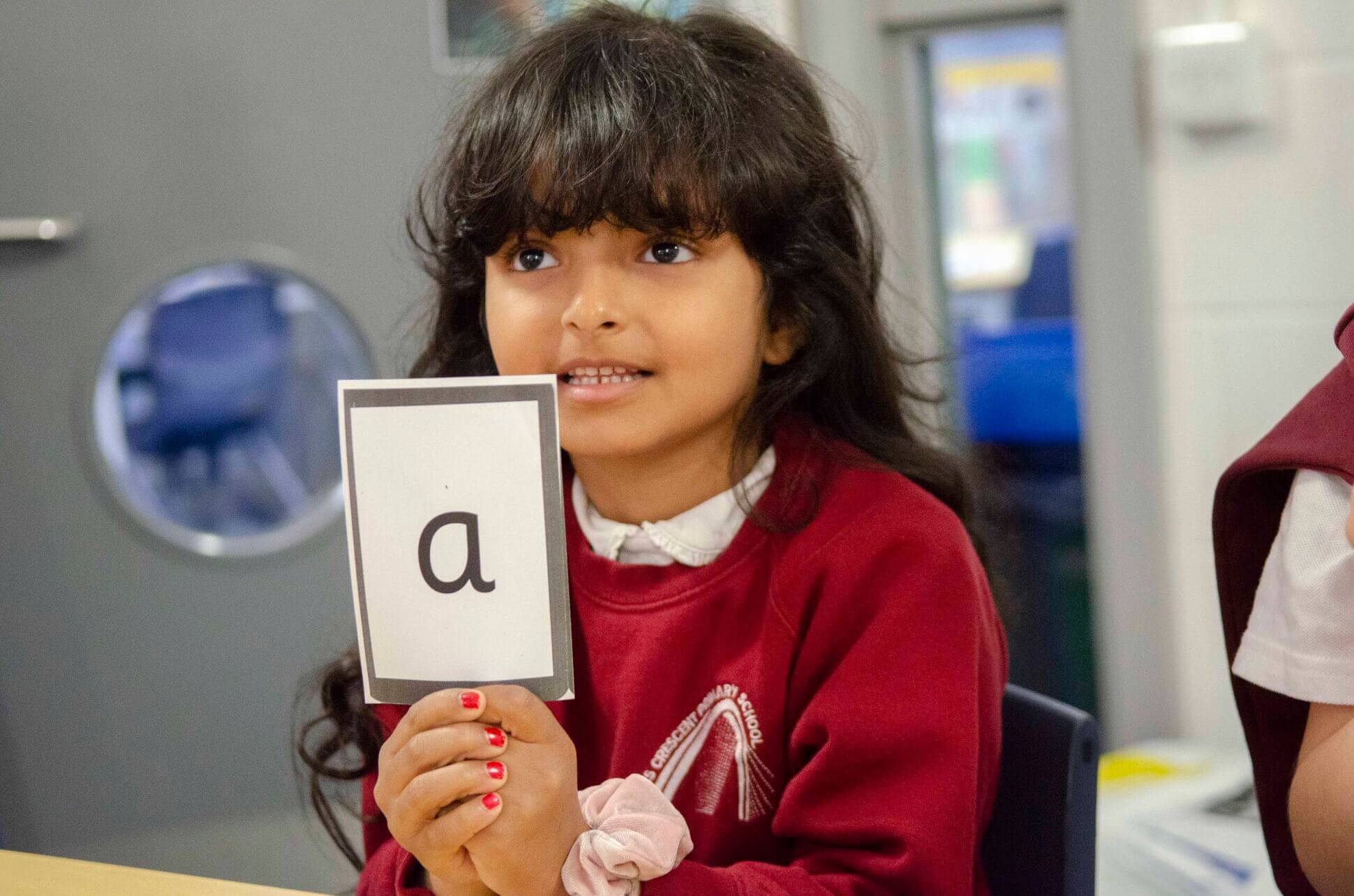We all know that effective leadership plays a huge role in shaping the future for children in our schools. We also know that within the current educational landscape, strategic leadership can be extremely challenging.
As a leader, you are trusted with the responsibility of putting children first to ensure that they have the best opportunities within your school. However, it can be difficult to strike a balance between national educational policies, financial pressures, day-to-day issues, and the best interests of the children you serve. Juggling so many priorities therefore requires planning and careful navigating. This blog explores the struggle between long-term planning and adhering to national policy whilst putting children first, shedding light on the complexities faced by school leaders.
Understanding the Challenges
Educational policies are designed to provide a framework for consistent and equitable education. While these policies are essential for maintaining standards and ensuring accountability, at times they may inadvertently create constraints that hinder the ability to address the unique needs of individual students. As a school leader, we know that whenever you make a decision for your school and its community, you are guided by the spirit and ethos of putting children first, supporting them to thrive academically, socially, and emotionally. You ensure that you are creating a nurturing environment where students feel valued, safe, and inspired to learn, whilst championing inclusive practices, celebrating diversity, and promoting holistic development. No mean feat, right? There isn’t a policy long enough to account for everything you do! So what can you do, as leaders, when you feel there is a struggle between policy adherence and putting children first?
Reflecting on and keeping hold of your vision to ensure practice and pedagogy align with your values is essential. Whilst we have a duty to implement statutory policies, we do need to ensure that this is done in a way that keeps your vision and values at the heart of all decisions.
Finding Solutions
One way in which this can be achieved is by ensuring you have a strategic plan in place. A long-term plan outlines the direction of your school over the next 3-5 years and helps you to break down how you’re going to achieve your school’s unique vision. This would be identified through a thorough school evaluation but it’s important to remember that this differs to a school development plan, or a school improvement plan, as it helps you to focus on the longer term and would, generally, be what your SDP is based upon. Let’s face it, not all school priorities are objectives that can be achieved in a year!
Alongside continuous school evaluation, it can also be helpful to contemplate the following questions when trying to work out the main long-term priorities for a school or an academy:
• What will happen if we don’t prioritise this?
• What will happen if we do?
Further Questions to Consider
The Budget
Are there any constraints that need to be considered? For example, if you are planning the development of an outdoor classroom but there are no funds and no practical means of raising them, think about your objectives and how your school could achieve them in a different way.
Statutory Duties and Policy
As already mentioned, school leaders have a duty to adhere to statutory documentation. This, in itself, can become a nightmare if not managed effectively or efficiently. Many statutory documents serve as a way to protect and safeguard our children, or ensure that children have equal access to a fair education system, so do keep that in your mind when you review these.
However, for the purpose of strategic planning and finding alignment with the school’s vision, I would urge schools to reflect on all documentation to consider how, wherever possible, statutory information can be implemented in a way that allows you to stay true to your values.
Guidance
When non-statutory guidance is released, try not to get swept up in the social media frenzy of instant reaction – sit back, reflect, consider what you are doing that already works well and any areas that could be improved. This will help you achieve the clarity of vision to implement any changes that build upon your existing strengths, keeping in line with your school values. An example of this is our recent reflection on the DfE Reading Framework (2023), which shows how to ensure you are effectively engaging pupils and ensuring their unique set of needs are met.
Who
A headteacher cannot implement all changes in the school at once because there are not enough hours in the day. Distributed leadership is essential here. By this, I don’t just mean delegating tasks to somebody else, but investing in development of staff and drawing on everyone’s unique skill set. For instance, if developing the role of adults within EYFS is one of your key priorities, consider that this objective may be better being led by the EYFS Lead, with the headteacher supporting the EYFS Lead in doing so.
Time
This question is twofold – consider our previous example of the EYFS Lead supporting elements of the strategic development plan. If that person is also the Assessment Lead and you want them to lead on another priority area, it’s important to reflect on time allocation and set realistic expectations as to whether every objective can be worked towards within the same year. In addition, identify any priorities that are time-sensitive and ensure that these are actioned first!
Feeling Overwhelmed
It’s important to consider what you can realistically achieve each year without significantly intensifying the workload for all staff. Whilst you may know that several elements of the curriculum require development, working on this alongside a new approach to teaching and learning may put staff at risk of burnout. So, think about how you can prioritise your strategic objectives to ensure that staff are not overwhelmed and demotivated. Change can cause uncertainty, so it does need to be managed. What’s more, if workload is considered then staff are more likely to collaborate and positively contribute to initiatives with the senior leadership.
Celebrate
When thinking strategically, we automatically look at what we can improve. But, in our recent podcasts and training sessions, we have discovered that the majority of people find it more difficult to celebrate what is going well. Don’t underestimate this crucial element – it is really important to consider what is happening in school that is already a brilliant success and aligns with your overarching vision! Ask yourself if there is anything that can be learnt from this? Is there a way that this can help to shape or support your current priorities?
And above all…
The Children
What do the children think our priorities should be? How do they think the school or academy could be improved?
Ultimately, the success of any education system lies in its ability to empower leaders who are not only policy-driven but also passionately committed to the holistic growth of the young minds they serve. We hope this free resource will help you through the process of strategic planning.
We will be discussing this topic at our upcoming network for school and academy leaders, as well as professionals who want to learn more about education and the challenges of leadership.
The LEAD Network is a termly event that brings together leaders and experts in education to reflect on the latest guidance, updates, research and reviews – plus lots of ready-to-use resources to take back to school.
Our next network takes place on Thursday 16 November. We look forward to seeing you there!
To learn more, you can tune into our free podcast Rethinking Education: Pedagogy, Practice and Putting Children First, which explores the current trends across the educational landscape. Join us as we hear from a range of experts and discuss key themes for leaders and educators.
Please complete the form below and we will get in contact as soon as we can to help you with your query.











